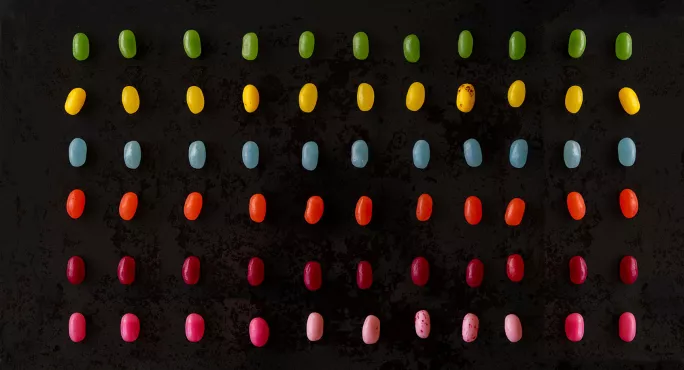The debate about how to group pupils is probably as old as compulsory education itself.
Should we strive to make sure that each class has as diverse a mix of prior attainment and ability as possible?
Or should we form classes based on similar prior attainment and ability?
Quick read: 4 questions you need to ask about ability grouping
Quick listen: Why there is no such thing as an unteachable child
Want to know more? SEND? Pupil premium? Why we need to rethink how we ‘label’ pupils
The evidence in this area is both plentiful and generally unhelpful. It is extremely difficult, even in a small-scale or concise study, to account for all of the other factors that can influence grouping practices in different schools, never mind then linking the outcomes to the grouping approach.
Couple this with the fact that, for some, the way we group pupils has as much to do our beliefs and values as anything else. The grouping of pupils is, they argue, a social justice issue. Setting is seen as a way of keeping down the kids that are already down, and boosting those kids who are already up.
Unequal outcomes
Some studies do indeed suggest that one of the effects of setting is that low prior-attainers do worse, while high prior-attainers do better, and that this is somewhat reversed in mixed ability grouping.
But not all studies lead to this conclusion, and this is somewhat muddied by research that suggests that in-class grouping may have positive effects on attainment for all pupils (although, again, the effects are more pronounced for higher attainers).
So how should schools tackle this issue, with its practical and emotional elements? And particularly in the absence of compelling evidence one way or another as to which strategy might be best?
Better the devil you know
Being realistic, unless there are compelling reasons to change what you are doing in terms of grouping, it is probably better to stick with what you are doing and concentrate on doing it better. Wholesale change to a grouping practice is a difficult business, both in terms of staff attitudes and competency, so it shouldn’t be done on a whim.
Look at values and experiences
In the absence of a strong evidence base pointing in either direction, a lot depends on personal beliefs and experiences. Do you have strong ideas about the “right” way to educate young people? About the impact of aiming to homogenise or diversify groups?
Does your experience speak to how you want to set up a key stage/department so that pupils get a top-quality experience of maths lessons? If so, it is probably a good idea to be true to those beliefs and experiences, as they will likely stand you in as good a stead as any research in the area at present.
Communicate clearly
No matter what you are doing in terms of grouping pupils, a key part of making it successful is communicating your reasons to your team, to your leadership and to your other stakeholders.
Does your team know what you are aiming to get from your approach to grouping pupils? Does your leadership team know, and do they support it? What about parents? Having everyone in the know, and pulling in the same direction, is crucial in making any strategy work.
Invest in staff
If you are considering changing your grouping approach, the people who have to work with it day to day are also a key consideration. If you are looking at mixed ability grouping, are your staff comfortable with how to lead learning in mixed ability classrooms?
Do they have access to the resources, tasks and other supporting materials necessary to make sure all pupils can be successful in a mixed-ability environment? Are the background structures in place to assist teaching staff in terms of curriculum, behaviour, intervention and so on?
If you are contemplating a switch to setting, do your staff know how to get the best out of pupils in sets? Do they know how to keep the lower attaining pupils motivated?
Do they have the knowledge to consistently challenge the most able? Do you have the flexibility and capacity to identify when a pupil needs to move set, and do so quickly?
Some estimates suggest it could take as long as five years of CPD to make sure a change to grouping strategy will be successful and for many schools, staff turnover alone means this is simply not feasible.
Peter Mattock is head of maths at an 11-16 school in Leicestershire and author of Visible Maths





